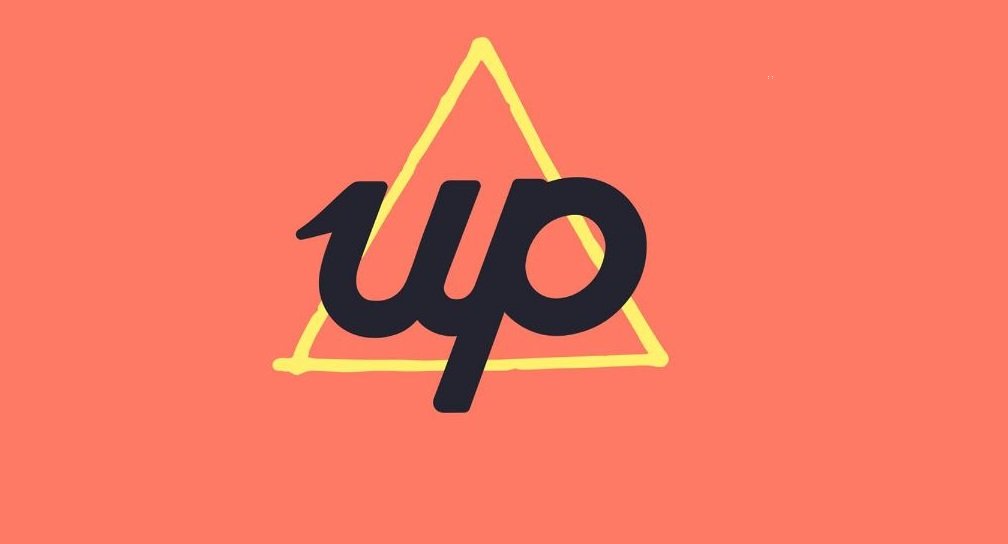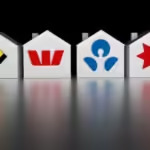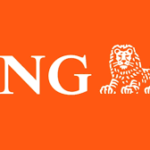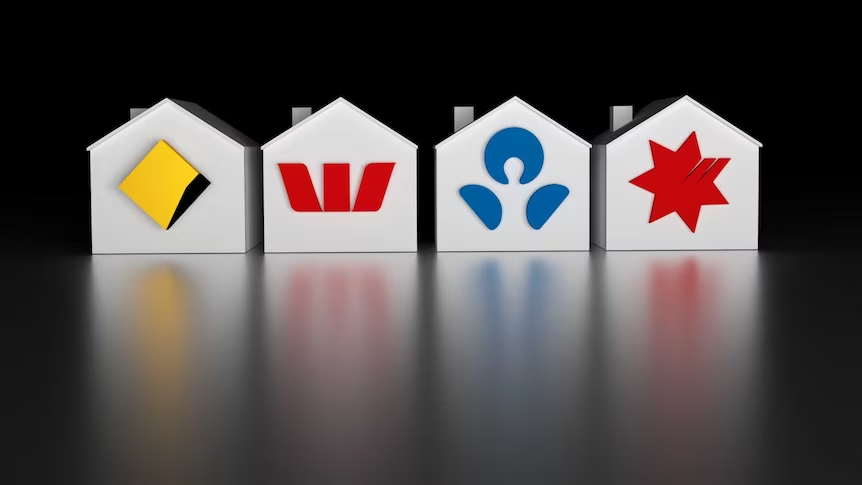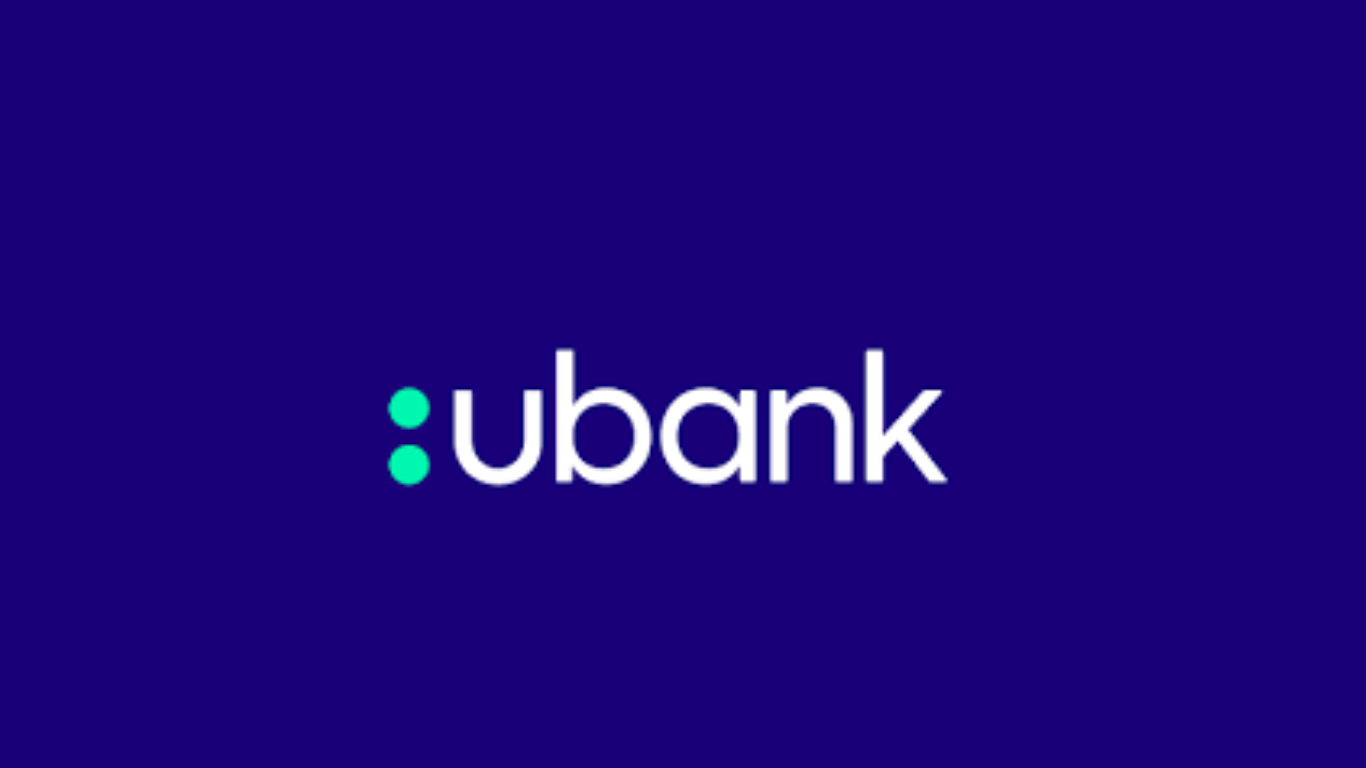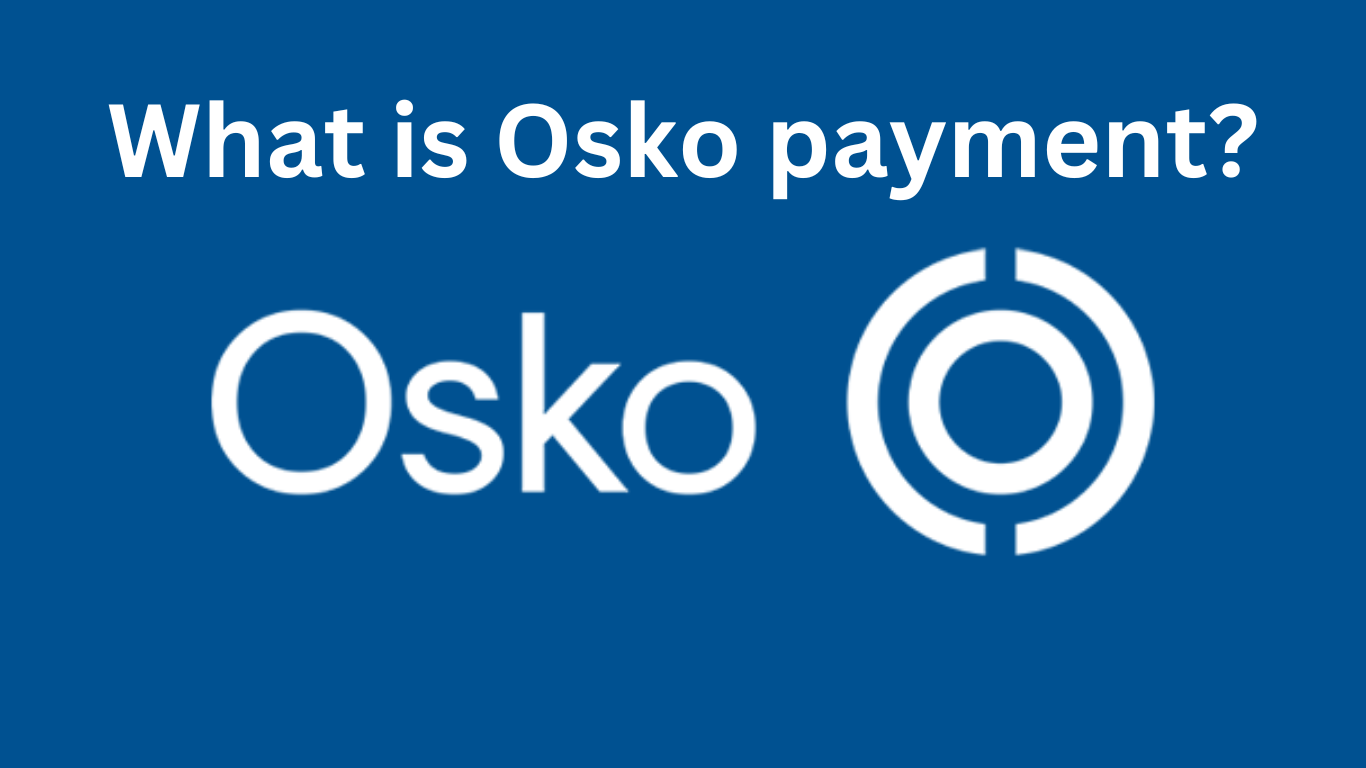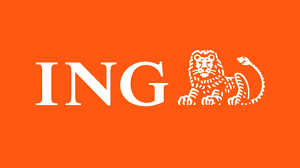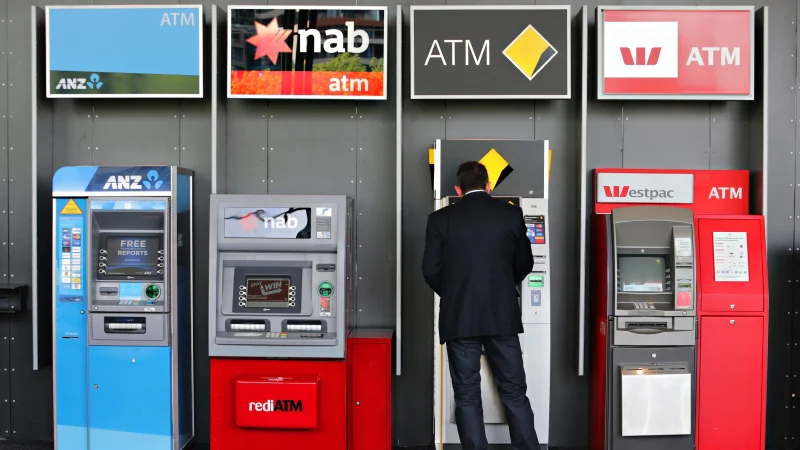Is UP a Bank good in Australia? However, it is just starting to become a massive hit with young Australians. So we’re going to be discussing Up Bank review, why it is such a great bank and all the benefits that this Bank has to offer.
What Is UP Banking?
Up Bank is classified as a neobank or digital bank, which means it’s only on your mobile phone. Up Bank Australia account is a collaboration between Bendigo and Adelaide Bank, and a fintech called Forosha does the software side. So, is it a legitimate bank? Yes, it is; like all Australian banks, it is backed and guaranteed by the financial claim scheme, which is a federal scheme that guarantees up to $250,000 per person.
Because it is a collaboration between Bendigo and Adelaide Bank, just be mindful that the $250,000 guarantee is aggregate across those banks, so if you have deposits in several institutions, just be aware of that. Up Bank online has an extensive list of features for its banking products. I’m only going to address the ones I like and regularly use because there are so many, and I’ll also do a deep dive into some of the negatives and concerns people have had.
Up Banking Review 2024: How Does Up Bank Work?
Up Bank is based here in Melbourne, so their head office, headquarters, or whatever you want to call it, is based here in Melbourne CBD, so it is a locally grown bank. It’s innovative, has different ideas constantly, and is trying to gear toward younger Australians attached to their phone 24/7. They are looking for easier ways to bank without going into a bank.
Now, the next great thing is that it has no monthly fees. I like how innovative, creative, and versatile UpBank is and understand that not everybody can get $2,000 in their bank account every month, and why should they be punished? So, that is a massive positive for Up Bank. Now, the next awesome thing, which is why UpBank is creative and innovative, is that they create smaller savings accounts. So, you can create multiple savers within the apps and assign a certain goal.
UP Bank Review: Overseas Fees
If I want to go on a holiday to Greece and buy something in a Greek store, there are no international or overseas fees when I purchase something from that Greek store. It is the same as if I were to buy something from Sephora America rather than Sephora Australia; there are no overseas transaction fees, which is fantastic because some banks charge an absurd amount for these fees. And it’s just ridiculous.
Why are you being charged so much for purchasing something from another country when the Australian dollar is usually not as strong anyway? UpBank reviews have thought about its customers, especially because it is geared towards a younger audience, so we like to buy things from different countries.
We want to buy stuff from Shein, from Zara UK, because the styles differ slightly from those in Australia. And it’s fantastic that we’re not being. I keep using the word punished, but that’s not the word I’m looking for. We keep being penalized for buying something when it’s not purchased in Australia, which I get. We should be buying Australian-made stuff.
No ATM Fees
Another fantastic feature is that there are no ATM fees. It’s like ING, where they have no ATM fees. They take the money out, but then they reimburse you. UpBank benefits are the same, so it is fantastic not to be penalized for not having the right ATM near you. I know that ING and UpBank are purely digital. I know that ING has no physical store as well. However, the UpBank name has this more personalized feeling geared towards the younger generation.
Now, the last feature that I think is fantastic, and I don’t know of any other bank that has done this, and they have a roundup feature. With the roundup feature, you can personalize yourself again. Another thing I love about Up app review is that everything can be personalized for you, which is awesome. So, the roundup feature, whenever you use a transaction, let’s say that you buy a coffee for $4.50 and you have the roundup feature of rounding up to the nearest dollar, $0.50 goes into your savings account.
If it’s $4.50 and you want to round up every transaction to the nearest dollar, $0.50 will go into your savings. So, it is the same as if you were to buy two potato cakes that cost you $3.20. Again, if you’re rounding up to the nearest $1, $0.80 will go into your savings. I use the dollar feature because I don’t notice it that much.
If it’s $0.50 here and there, $0.20, $0.10, $0.12, $0.13, I wonder if it’s coming out of my spending account. And it’s making me save even more money without thinking about it. A lot of people use the roundup to the nearest $2 to make them save up a lot quicker. You could do $2, $3, $4, $5, or whatever you like to make your savings grow even faster.
Cons
One I can think of is that Upbank has no physical stores. And again, quote me if I’m wrong. I’m not, but they don’t have any physical stores where you can walk into the store and get assistance if there is an issue. They are online all the time.
You can even message them on the UP app. And again, I’ll insert all the photos here to show you that the app’s interface is also easy. So they’re friendly if you encounter any issues where you need to go into the store. You can; it’s like a text. You can text them with your problems.
UP Bank Card Review
I’ll start with what you’ll get in the mail first, which is your up card. Not only is it a beautiful, you know, orange color, but it also doesn’t have those raised numbers and letters that usual debit cards have. The info is on the back, so it’s rather discreet, but with the card design, the color does serve a purpose.
Going off on a tangent to another feature, you can deactivate your card on the app, so no one will be able to use my funds since I’ve already deactivated it. So I was looking for the card, and then green grass everywhere. This orange fluoro thing was so easy to spot, so I picked up my card and reactivated it, and it was like nothing ever happened.
Categories
Because it stands out, it is quite handy. If you’re like me and you like to know what categories you’re spending the most money on and you’re trying to save as much money as you can, so you want to see where you can cut down, or you enjoy knowing the data behind your transactions then you will probably like up. Previously, I used my old banking provider and Pocketbook app.
Pocketbook receives a feed of your banking transactions, and then you can go in and click on the category that the transaction was spent towards. The pocketbook I had to go in, and I spent a lot of time with it changing the category of transactions because it just wouldn’t catch on to what the category was, even though I was shopping at the same place for the same reason.
So, for example, if you’re shopping at a supermarket, it will likely tag that you’re shopping for groceries, which is super handy because I think that’s what most people go to the shops for, and I didn’t have to use a second app. Everything was just up. The other thing Up does well is spending insights, so if you want to save money, it tells you how much you’ve spent compared to the previous week.
It also tells you how much you’ve paid in that month and how many transactions you’ve made, so it regularly lets you know where your money is actually going. I’m all for making your finances easier, and these are the two major reasons why I advocate for my family and friends.
Instant Notifications
The other thing I thought I would mention regarding transactions is that Up actually gives a notification when you’ve made a purchase. So, on whatever device you’ve got Up on, for example, me, it comes up on my phone and my smartwatch, which is handy because if you’re making a purchase, the amount you’ve been charged differs from what you are supposed to pay, you can follow up immediately.
Up also shows the transactions in real time. Usually, when you look at your bank statements in hindsight, everything’s lumped into one day. In contrast, with Up, it shows you the exact time, and where possible, it shows the logo of the place where you made the purchase, making it easier to read through your statements.
Savings Account
My go-to reason, and probably the only reason I recommend it to my family and friends, is the savings account. So, with the savings, the interest rate is 1.85%. Of course, it could be better in the market; if you wanted something super high, this may not fit you. I want to be reassured, you know, following up with banks that have high interest rates for a couple of months and then expiring on something really low with me. Just leave it in there.
The interest rate is only up for deposits of up to $50,000, though, so if you have more than that, this may not be the right fit for you. With Up, you can have several savings accounts, which all get the interest rate. So I was with my old provider. I had the one transaction account linked to the one savings account, so if I qualified for any bonus interest rates for the savings, it would only be that account linked to the transaction.
It would not be the other several savings accounts that I had, whereas with up, you could have, let’s say, five different savings accounts, and then all of those would receive the bonus interest rate if you qualified for that month. But the criteria to achieve that total bonus rate is so easy. All you have to do is make five eligible purchases, and there are no minimum monthly deposits.
For those five eligible purchases, I noticed that with my old banking provider, I had to go in and physically tap my card, whereas with up, you can make online purchases. They also count towards the eligible purchases, and when most people have to stay home, that makes it easier to achieve.
UPnames
For those five eligible purchases, I noticed that I had to go in and physically tap my card with my old banking provider. In contrast, you can make online purchases with up, and they also count towards the eligible purchases when most people have to stay home.
Up has been innovative in that it allows its members to create new names or usernames. If you’re paying another customer, you can pay their username rather than key in their pay ID or the long-winded BSP and account details, which can be quite nerve-wracking because you don’t want to get those digits incorrect.
Referrals
This leads to their referral program, which allows you to create a referral link with your username or a name that you can share with family and friends or whoever, and they will now get a joining bonus of up to ten dollars. So after they sign up, they get five dollars, and then if they make five purchases within 30 days, they get another five dollars, and you, as the up member for referring them, get the same bonus.
Auto Split
If you have salary incoming into your account, you can split what percentages go where in terms of your savings accounts. So you can determine how much will stay in the transaction account and how much will go to a particular savings account. Let’s say holidays; another percentage goes towards major or long-term savings. So, if you’re used to splitting stuff for bills and expenses and savings and using buckets, this is quite a good solution, and it is very easy to chop and change if you need to.
Conversation Payments
So with traditional banking, if you wanted to pay someone a sum of money, you’d bring up the transfer, add the payee, add a message, add the amount, and then repeat that step if you need to send money to several people or just several different amounts to the same person. With up, if you send someone funds, their details get stored as a conversation, and you can keep sending that person money provided their details haven’t changed as a conversation or message.
You bring up their contact details, and I find this handy if you need to split your share for something, such as if you’ve gone on a holiday, if you need to send someone regular amounts of money, or if you need to look through how much you’ve already paid them instead of trawling through all your transactions you can just go to that one person’s details as a conversation and see how much you’ve paid them. With anything, of course, there are the negatives with up bank.
For one, it is mobile only. I had an instance where my battery was about to die, and I kept everything in savings and then transferred it into the transactions when needed. So, if I were in a situation where I was at a fuel station or already trying to purchase something, I would have been in a pickle. If your device has poor battery life, it may not be the right fit for you because there’s no internet banking, so you can’t just jump onto a computer and then transfer your funds through if you need it.
If you’re someone who likes to call up or have that face-to-face element for a branch up doesn’t have that, it just has a messaging function on the app. For the times that I have had to use it, it has been quick, but if you’re maybe not used to that, then you may want to reconsider.
